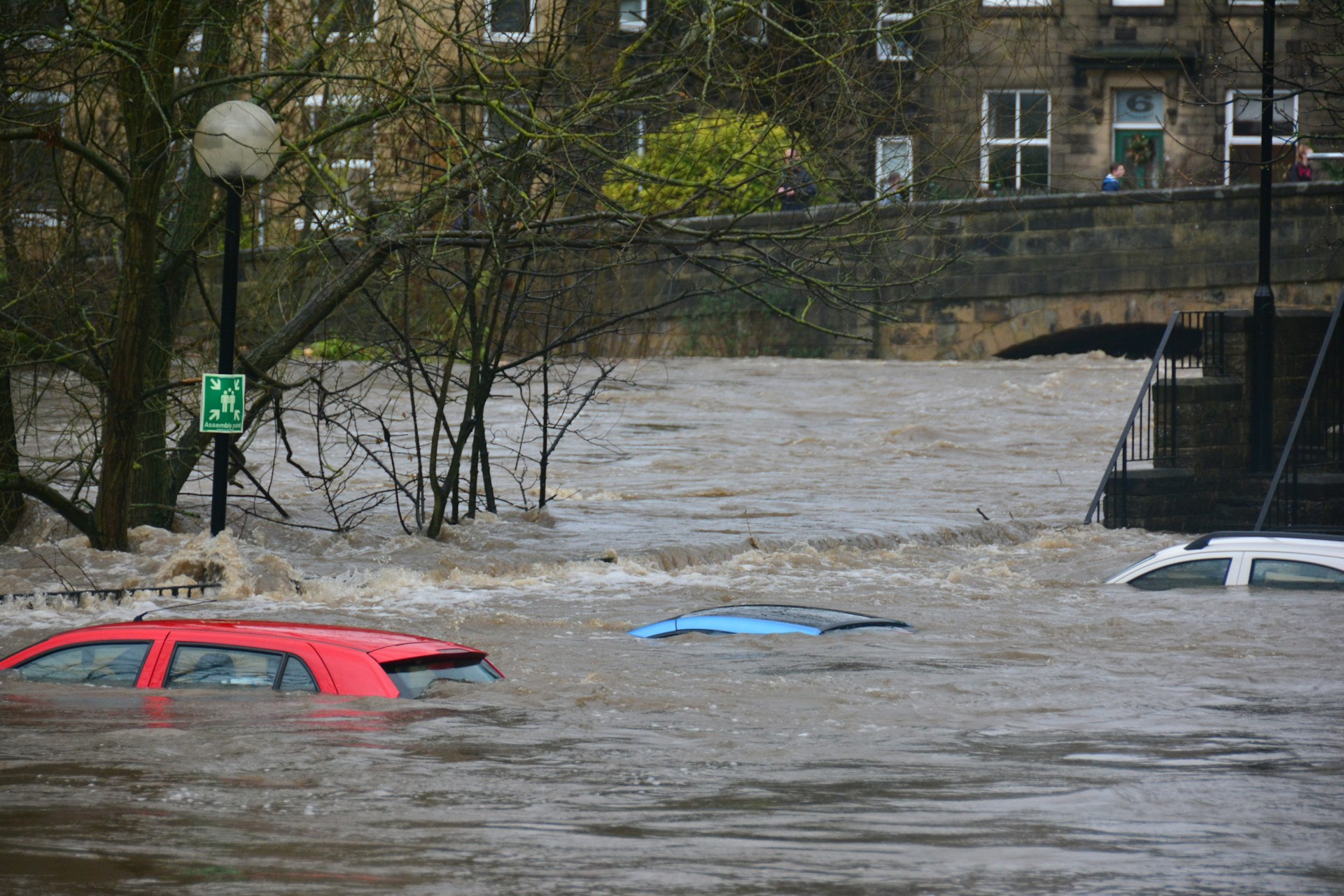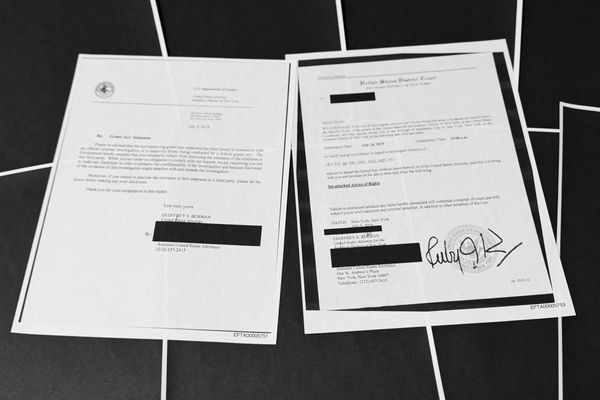
In recent years, extreme weather has led to thousands of flood-damaged cars quietly reappearing on the used market. Many of these vehicles come from hurricane-prone states, cleaned up just enough to look appealing to unsuspecting buyers. Once the water damage sets in, though, problems start piling up in the form of electrical failures, mold, rust, and even airbag malfunctions. The worst part? Flood damage isn’t always obvious at first glance. Knowing what to look for before signing on the dotted line can save you from a very costly mistake.
Start With the Vehicle History Report
The first step in avoiding flood-damaged cars is checking the vehicle history report from services like Carfax or AutoCheck. These databases often flag cars with “salvage” or “flood” titles, giving you a quick red flag before you even visit the lot. However, dishonest sellers sometimes “wash” titles by moving vehicles across state lines, so don’t rely solely on paperwork. Look for inconsistencies such as rapid ownership changes or registration in multiple states within a short period. A clean report is a good sign, but it’s only the beginning of your inspection.
Use Your Nose: Smell for Mold or Mildew
Water damage always leaves a scent, and your nose can be one of the most reliable tools in detecting flood-damaged cars. A musty or sour smell inside the cabin, even if masked with air freshener, is a strong indicator of moisture exposure. Check the trunk, glove box, and under seats for hints of mildew or damp carpeting. Sellers often shampoo interiors to hide odors, but the smell of mold usually returns after a few days. If the car’s interior smells too “fresh,” it might actually be a red flag rather than a selling point.
Inspect for Water Lines and Rust in Hidden Areas
Floodwaters leave a signature, and rust is their calling card. Look closely at areas like the door hinges, seat rails, under the dashboard, and inside the spare tire compartment. These spots are rarely cleaned during detailing, making them ideal places to spot corrosion or water lines. If you see rust in unusual areas or a fine silt coating in crevices, it’s a likely sign of flood-damaged cars. Even a small patch of rust can indicate deeper structural or electrical damage lurking below the surface.
Check the Electrical System Thoroughly
Modern vehicles depend heavily on electronics, making flood-damaged cars especially dangerous. Water exposure can corrode wiring and cause short circuits months after purchase. Test everything (headlights, turn signals, power seats, window switches, and infotainment systems) before buying. Flickering dashboard lights or malfunctioning displays are major warning signs. If anything seems sluggish or inconsistent, have a trusted mechanic perform a diagnostic scan to check for hidden electrical issues before committing.
Look Under the Hood for Mud or Debris
Engines don’t lie, and neither do their crevices. Pop the hood and inspect the engine bay for dried mud, water stains, or leaves trapped near belts and pulleys. These remnants often survive even the most thorough cleaning. Also, check the oil and transmission fluid; if they appear cloudy or milky, water contamination has likely occurred. A flooded engine can lead to catastrophic failure, making this one of the most crucial checks when screening for flood-damaged cars.
Examine the Upholstery and Seat Belts
Interior fabrics hold clues that even professional detailers can’t erase completely. Run your hand along seat cushions and door panels to feel for stiffness, dampness, or uneven texture. Stains or discoloration along the seams may suggest past water exposure. Pull the seat belts out completely and look for watermarks or mold spots near the base. These are often overlooked during cleaning. Any of these subtle signs points to a past the seller doesn’t want to talk about, making the vehicle one of those dreaded flood-damaged cars.
Always Get a Professional Inspection
Even the most careful buyer can miss hidden water damage. That’s why having a certified mechanic perform a pre-purchase inspection is essential. Professionals can raise the vehicle, check the undercarriage, and test for corrosion or trapped moisture in areas you can’t access. Many experts also carry moisture meters that detect dampness inside panels or wiring harnesses. Spending $100–$200 on a thorough inspection could save you from buying one of the thousands of flood-damaged cars circulating the market each year.
Protecting Your Wallet and Your Safety
Buying used doesn’t mean buying risky, as long as you know the warning signs. With flood-damaged cars becoming more common after severe storms, being vigilant can protect both your finances and your safety. Water damage isn’t just cosmetic; it can lead to engine failure, faulty airbags, and electrical fires. Taking time to inspect, verify, and trust your instincts is the best defense. Remember, walking away from a questionable deal today could save you thousands in repairs tomorrow.
Have you ever come across a car that turned out to be one of those flood-damaged cars? What tipped you off before buying? Share your experience in the comments below!
You May Also Like
- 6 Reliable Used Cars Recommended by Mechanics With Decades of Insight
- 10 Used Cars With High Mileage That Are Still Smart Buys
- 5 Used Cars That Refuse to Break Down
- I’m a Mechanic: These 3 Used Cars Aren’t Worth It (Here’s What I’d Drive Instead)
- 10 Crucial Things to Check Right After You Buy a Used Car
The post How to Spot a Used Car That’s Been in a Flood (Before It’s Too Late) appeared first on Clever Dude Personal Finance & Money.







